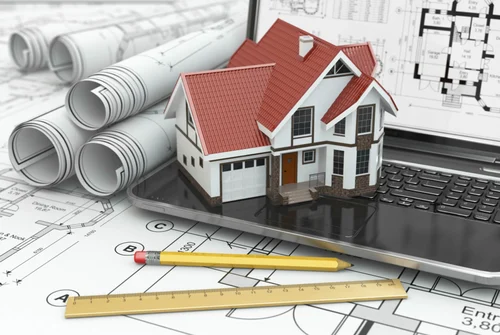Elegant architectural designs encompass a range of styles, materials, and functions that can enhance any space, creating an environment that is not only aesthetically pleasing but also functional and sustainable. At the heart of these designs is the principle of balance; the integration of form and function is key to achieving a harmonious aesthetic. For instance, contemporary minimalist designs often embrace open floor plans, which promote a sense of spaciousness and fluidity, while emphasizing clean lines and natural light. The use of large windows and skylights blurs the boundaries between indoor and outdoor spaces, inviting nature into the home and enhancing the overall ambiance. Materials play a crucial role in elegant architectural designs. The use of natural materials such as wood, stone, and glass create warmth and texture, contributing to an inviting atmosphere. For example, the rich grain of hardwood floors can complement the sleekness of glass walls, offering a juxtaposition that is both modern and timeless.

Moreover, sustainable materials are increasingly favored in elegant designs, aligning with the growing emphasis on eco-friendly practices. Recycled materials, green roofs, and energy-efficient systems are not only environmentally responsible but can also add unique character to a building, making it a statement of both elegance and sustainability. The Outsourced BIM interplay of light and shadow is another fundamental aspect of elegant architectural design. Strategic placement of windows, overhangs, and architectural features can create dynamic spaces that change throughout the day, adding depth and interest. Lighting design, both natural and artificial, enhances the elegance of a space by highlighting architectural details and creating a mood. The use of layered lighting combining ambient, task, and accent lighting can transform a simple room into an elegant setting, perfect for any occasion. Incorporating nature into architectural designs is an elegant trend that promotes well-being and tranquility.
Biophilic design elements, such as indoor gardens, living walls, and water features, create a sense of peace and connection to the natural world. These elements not only enhance the beauty of a space but also contribute to improved air quality and mental well-being, making them invaluable in residential and commercial architecture alike. Furthermore, elegant architectural designs often incorporate flexible spaces that can adapt to changing needs. This adaptability is particularly important in modern living, where spaces must serve multiple functions. Open-concept living areas that seamlessly transition into outdoor spaces, multi-purpose rooms, and flexible furniture solutions allow for a lifestyle that embraces both comfort and elegance. Cultural influences also play a significant role in shaping architectural elegance. Designs that reflect the heritage and traditions of a region can create a sense of identity and connection to place. For instance, Mediterranean-inspired homes may feature terracotta roofs, arched doorways, and wrought iron details, evoking a sense of warmth and hospitality.